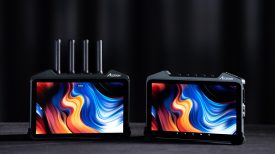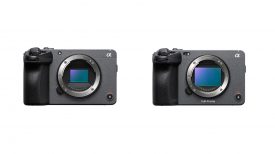
Apple updates the MacBook Pro with M1 Pro and M1 Max silicon. These chips deliver a lot of power with less power, and the MacBook Pro will be a beast of a laptop with excellent battery life plus a new Liquid Retina XDR display.
Something taken away is the not-so-popular Touch Bar. Apple also looks to do away with dongles as all-new MacBook Pro’s have three Thunderbolt 4 inputs.
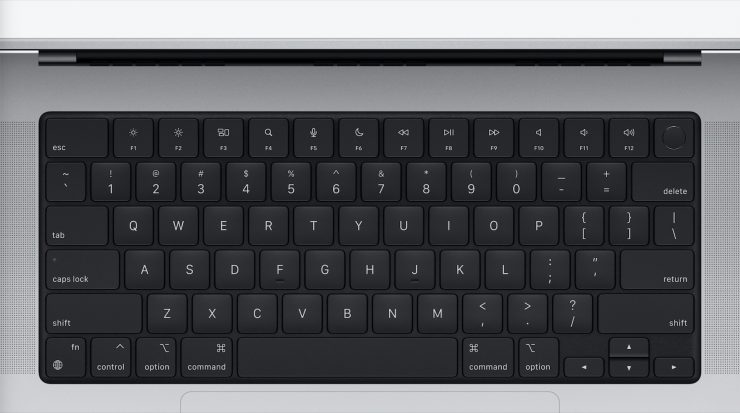
M1 Pro and M1 Max
M1 Max has 10 CPU cores, up to 32 GPU cores, and a 16-core Neural Engine. It delivers two times faster graphics processing and doubles the memory bandwidth of M1 Pro. And it has a dedicated media engine for decode and two for encode, and two ProRes accelerators for even higher multistream performance with FCP you can get 30 streams of 4k and 7 streams of 8k video. Impressive
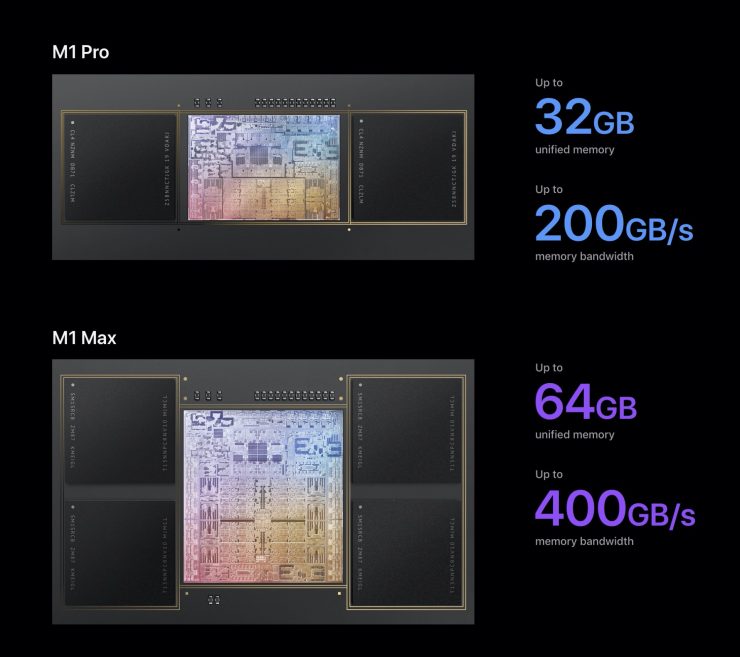
M1 Pro and M1 Max CPUs have eight high-performance cores and two high-efficiency cores to deliver faster processing at a tenth of the power. Their GPUs have access to lower-latency data with vastly improved power efficiency.
I/O


SDXC card slot, Thunderbolt 4, and HDMI on one side. Two more TB 4 on the other 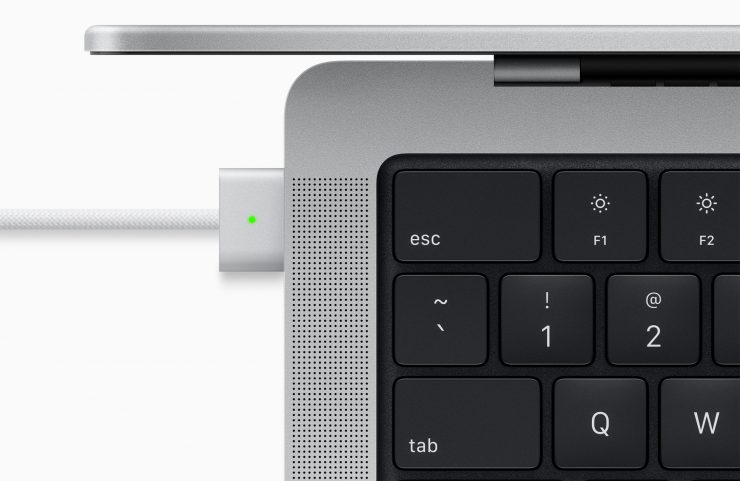
Many will like the included SD Card Slot, but the big winner is three Thunderbolt 4 ports. It looks like the dongle is done! Also, for power and charging, it has MagSafe 3, HDMI, and, yes, a headphone jack.
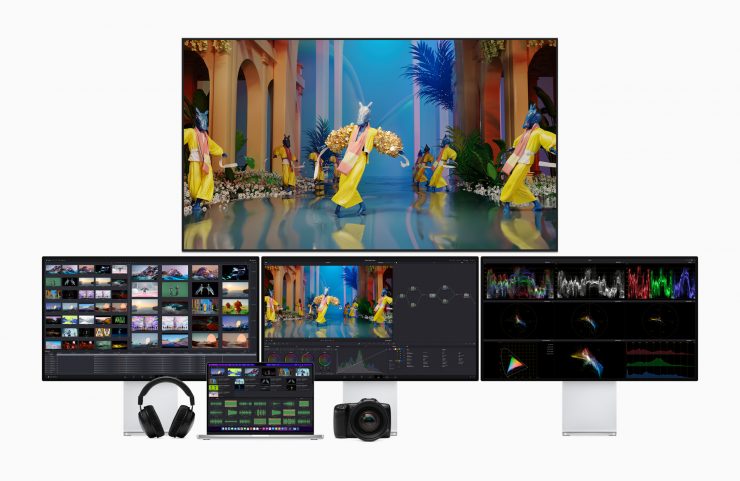
With M1 Pro you can connect up to two Pro Display XDRs, and with M1 Max, connect up to three Pro Display XDRs and a 4K TV at the same time. For wireless connectivity, MacBook Pro also features Wi-Fi 6 and Bluetooth 5.0.
Liquid Retina XDR display
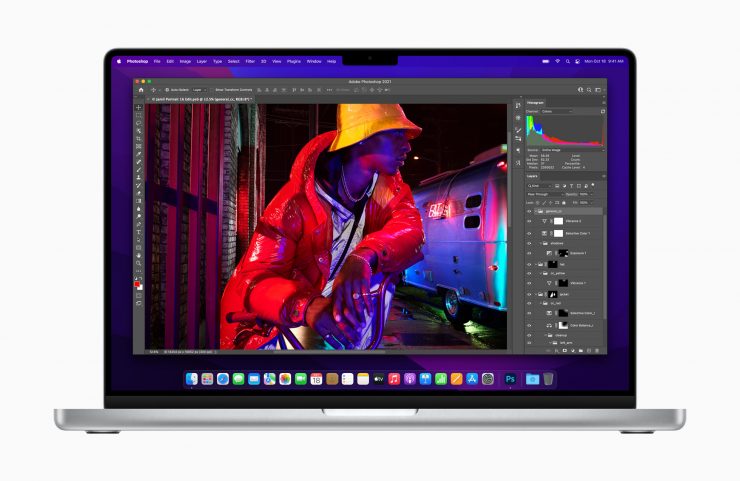
The new MacBook Pro has a Liquid Retina XDR display. Featuring the mini-LED technology used in iPad Pro, the Liquid Retina XDR display delivers up to 1,000 nits of sustained, full-screen brightness, 1,600 nits of peak brightness, and a 1,000,000:1 contrast ratio.
The extreme dynamic range will make HDR content look very good with more detail in shadows, brilliant specular highlights, deeper blacks, plus vivid colors.
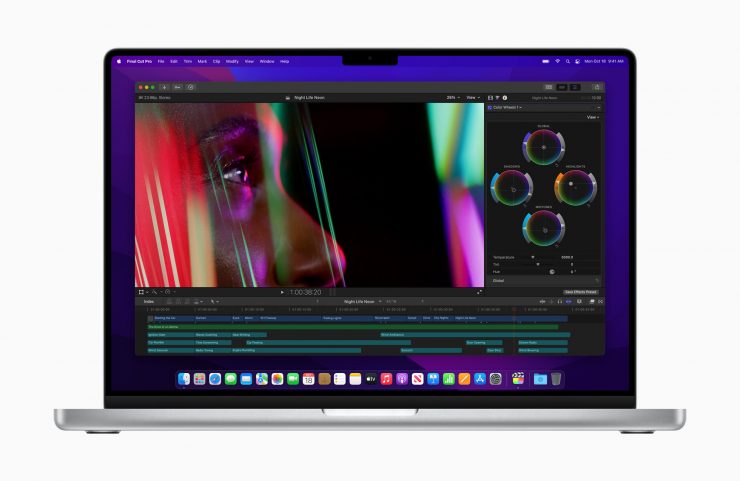
ProMotion technology also comes to the Mac with an adaptive refresh rate up to 120Hz. ProMotion automatically varies the refresh rate to match the motion of a user’s on-screen content to help preserve battery life and makes tasks more fluid and responsive.
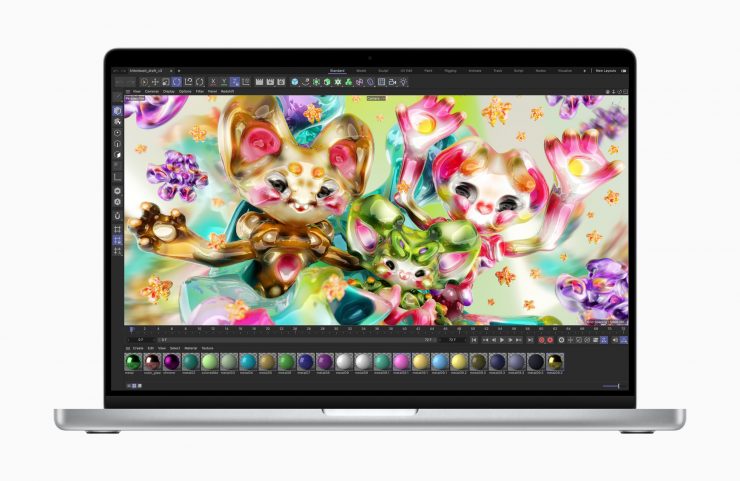
Both models come with a larger display than the previous generation.
The 16-inch model offers an expansive 16.2-inch display with 7.7 million pixels, the most ever on a Mac notebook. And the 14-inch model gives users more screen real estate than before, with a 14.2-inch active area and a total of 5.9 million pixels. This is more pixels than the prior 16-inch MacBook Pro.
The display features even thinner borders and extends up around the camera to provide users with even more room for their content. I think some won’t like the notch but Apple likes to get the most real estate on their screens.
MacBook Pro 14″ Pricing
The base 14″ M1 Pro starts at $1999 that includes Apple M1 Pro with 8-core CPU, 14-core GPU, 16-core Neural Engine. You can upgrade to Apple M1 Max with a 10-core CPU, 32-core GPU, 16-core Neural Engine for $700.
Step up from 32GB memory to 64GB for an additional $400.
The memory options are substantial, from 512GB standard all the way to a whopping 8TB for an additional $2400. With some upgrades, it would cost $3099 US.
MacBook Pro 16″ Pricing
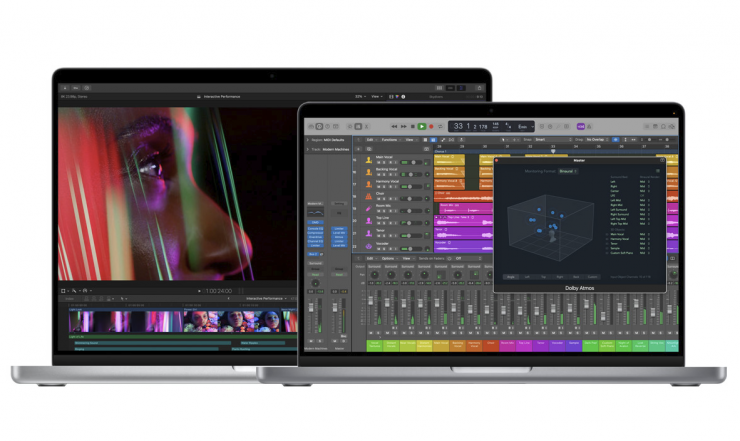
The base 16″ starts at $2499, $2699, and for the M1 Max, $3499. Again you can build these up with 8TB of storage and 64GB memory and check out with a $6099 MacBook Pro M1 Max.
If you have been waiting, I think it was worth it as these new MacBook Pro laptops are looking like top performers for creative users.
The M1 silicon with CPU, GPU, I/O, and Neural Engine in a single SoC with unified memory that Apple has developed is mind-blowing, and I haven’t seen such a giant leap forward in computing power in a long time.




